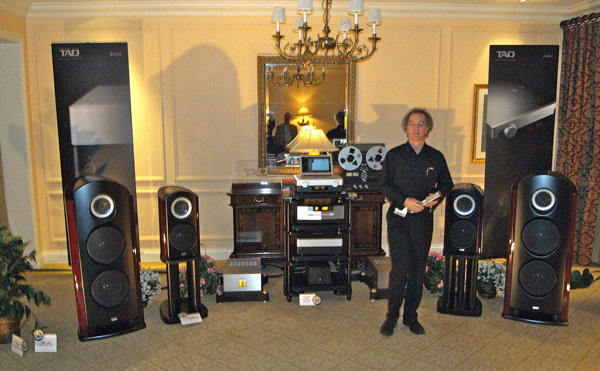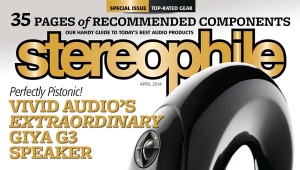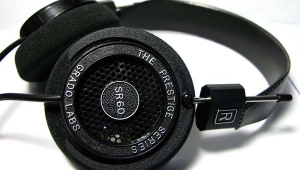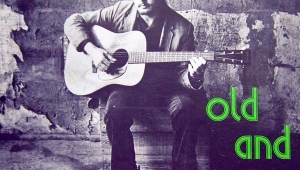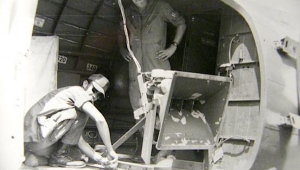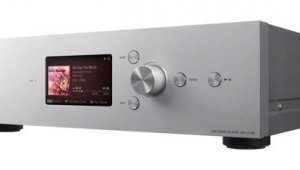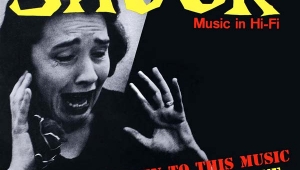| Columns Retired Columns & Blogs |
Thank you both for an enlightening and encouraging piece.
While I've always enjoyed Andrew's "big boys", I am particularly encouraged by the appearance of his superb entry-level speakers, as far too many inexpensive speakers fail to provide a "holy CRAP!" moment for the newbies/ potential buyers. Why bother with a home stereo if it doesn't provide a huge improvement over what the listener is used to?
These little guys do. Bravo, Andrew, for the designs, and bravo Stephen, for another excellent piece.


